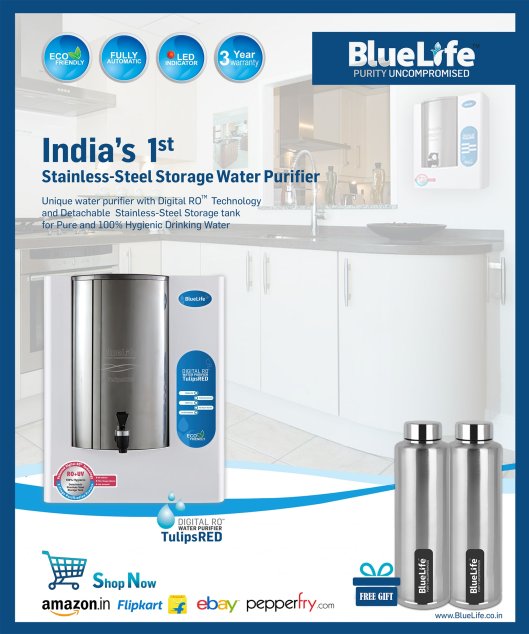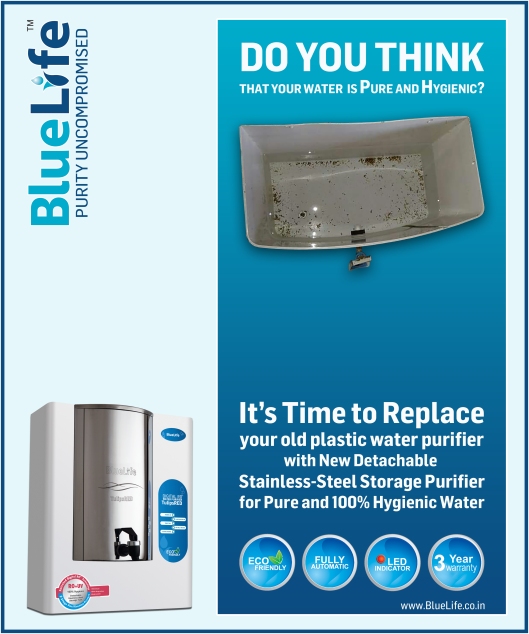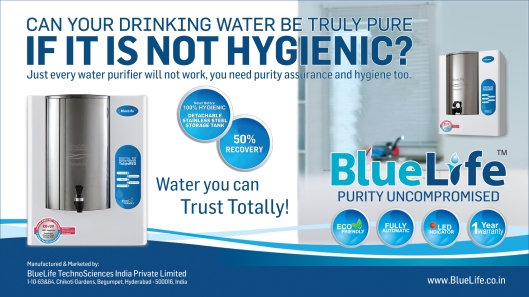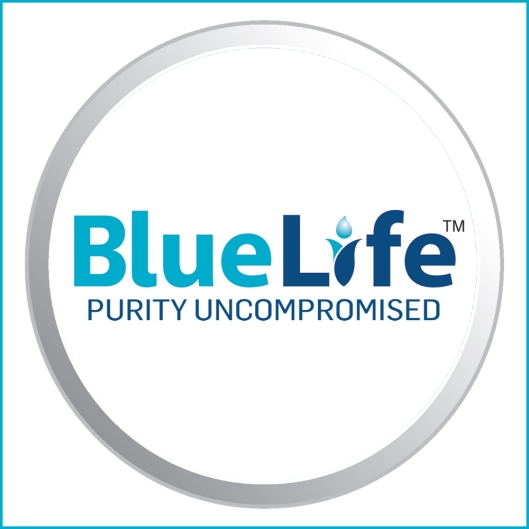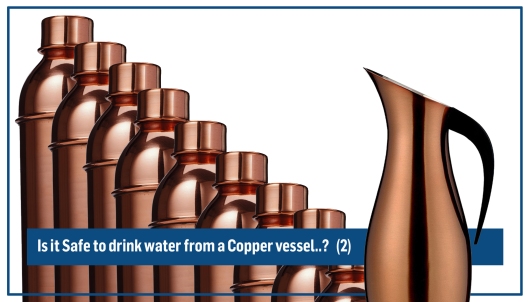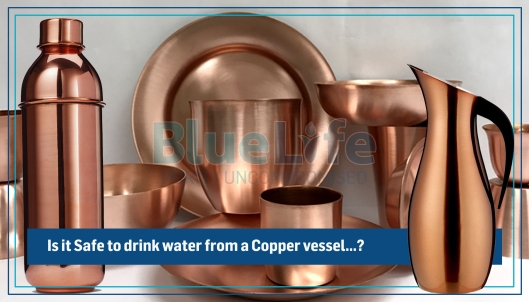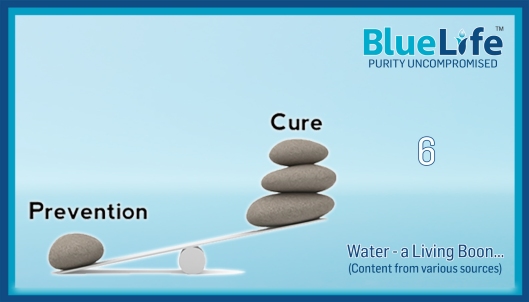
Steps for the Prevention of Diseases:
• Only water that has been thoroughly filtered must be drunk. Ensure that potable water is maintained in a hygienic place during storage. The storage containers of drinking water must be thoroughly washed every day. Do not add clean and fresh water to stale or unwashed containers as there is a grave risk of water contamination, while doing so.
• In the absence of a water purification system, drinking water must be thoroughly boiled and cooled in a hygienic container.
• Consume the food that has been freshly cooked. Do not approach eating diners or restaurants that appear shabby or have unclean kitchens, as the risk of food poisoning as well as contracting water borne diseases runs high in such places.
• On a macro level it can help to ensure that the pipes and taps supplying water to your home are properly maintained. Bring to the notice of your local supervisor of maintenance agency in the event of rusty pumps or unclean water wells.
• Sanitation facilities must be properly maintained while care must be taken to ensure that use of water supply does not clash with the sanitation systems.
• It is important to maintain a high level of hygiene and cleanliness in the home surrounding as well as outside, in order to prevent breeding and festering of harmful microorganisms.
• Since food is a significant breeding ground for bacteria and pathogens, raw food materials such as fresh produce must be washed and cleaned thoroughly before cooking.
Detection of Microbial Pathogens:
An adequate supply of safe drinking water is one of the major prerequisites for a healthy life, but water borne diseases is still a major cause of death in many parts of the world, particularly in young children, the elderly, or those with compromised immune systems. As the epidemiology of waterborne diseases is changing, there is a growing global public health concern about new and reemerging infectious diseases that are occurring through a complex interaction of social, economic, evolutionary, and ecological factors. An important challenge is therefore the rapid, specific and sensitive detection of waterborne pathogens. Presently, microbial tests are based essentially on time-consuming culture methods.
However, newer enzymatic, immunological and genetic methods are being developed to replace and/or support classical approaches to microbial detection. Moreover, innovations in nanotechnology and nanosciences are having a significant impact in biodiagnostics, where a number of nanoparticle-based assays and nanodevices have been introduced for bimolecular detection.
Nanofibres and Nanobiocides:
Electro spun nano-fibers and nano-biocides show potential in the improvement of water filtration membranes. Biofouling of membranes caused by the bacterial load in water reduces the quality of drinking water and has become a major problem. Several studies showed inhibition of these bacteria after exposure to nano-fibers with functionalized surfaces. Nano-biocides such as metal nano-particles and engineered nano-materials are successfully incorporated into nano-fibers showing high antimicrobial activity and stability in water.
Biofilm Removal:
Sessile communities of bacteria encased in extracellular polymeric substances (EPS) are known as bio-films and causes serious problems in various areas, amongst other, the medical industry, industrial water settings, paper industry and food processing industry. Although various methods of bio-film control exist, these methods are not without limitations and often fail to remove bio-films from surfaces.
Nanofiltration:
Nanofiltration is a new type of pressure driven membrane process and used between reverse osmosis and ultrafiltration membranes. The most different specialty of nanofiltration membranes is the higher rejection of multivalent ions than mono-valent ions. Nano filtration membranes are used in softening water, brackish water treatment, industrial waste water treatment and reuse, product separation in the industry, salt recovery and recently desalination as two pass nanofiltration systems.
Reverse Osmosis:
The membrane separation technologies of reverse osmosis (hyper filtration) and nanofiltration are important in water treatment applications. Reverse osmosis is based on the basic principle of osmotic pressure, while nano-filtration makes use of molecule size for separation. Recent advances in the field of nanotechnology are opening a range of possibilities in membrane technologies. These include: new membrane preparation and cleaning methods, new surface and interior modification possibilities, the use of new nanostructure materials, and new characterization techniques.
Chronic effects occur after people consume a contaminant at levels over the EPA’s safety standards for many years. The drinking water contaminants that can have chronic effects are chemicals (such as disinfection by-products, solvents, and pesticides), radio nuclides (such as radium), and minerals (such as arsenic). Examples of the chronic effects of drinking water contaminants are cancer, liver or kidney problems, or reproductive difficulties. Water is capable of dissolving or suspending a tremendous variety of materials there is simply no way to get “pure” water (HO and nothing but HO) out of your faucet. Even distilled water in plastic bottles will have some carbon dioxide (CO) from the air dissolved in it forming a weak acid (carbonic acid), with some dissolved plastic molecules in it as well. Minerals, like calcium and magnesium are essential to human health, and indicate that drinking water can provide a dietary source for these minerals. Materials dissolved in water in inorganic compounds are –
Dissolved gases, Metal and metalloid positive ions – (aluminium, arsenic {MCL=0.05}, lead {MCL=0.015}, mercury {MCL=0.002}, calcium, magnesium, sodium, potassium, zinc, copper {MCL=1.3}, etc.), Negative ions – (fluoride {MCL=4.0}, chloride, nitrate {MCL=10.0}, nitrite {MCL=1.0}, phosphate, sulphate, carbonate, cyanide {MCL=0.2}) and Radon.
MCL stands for ‘Maximum Contaminant Level’
http://www.bluelife.co.in


